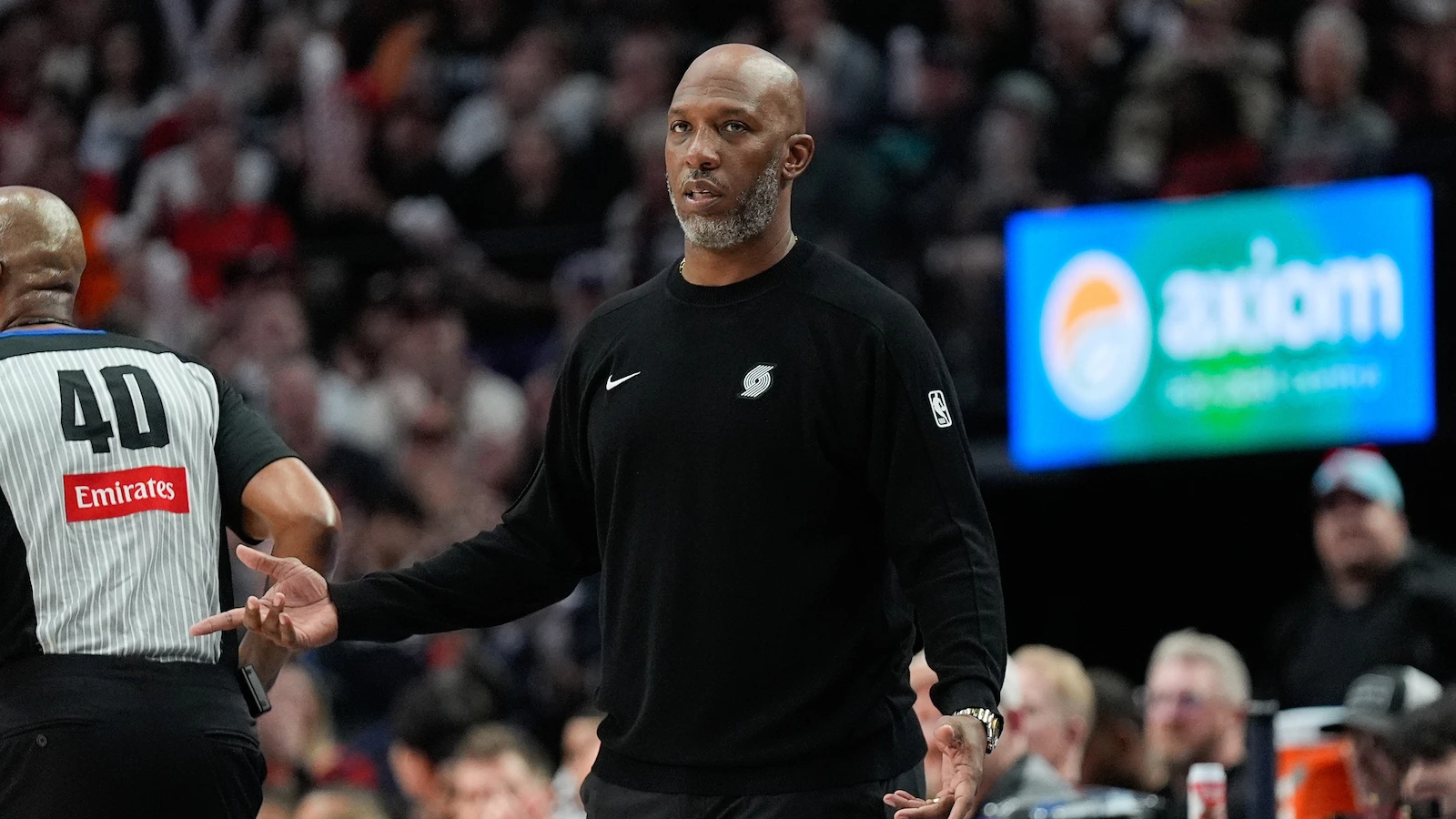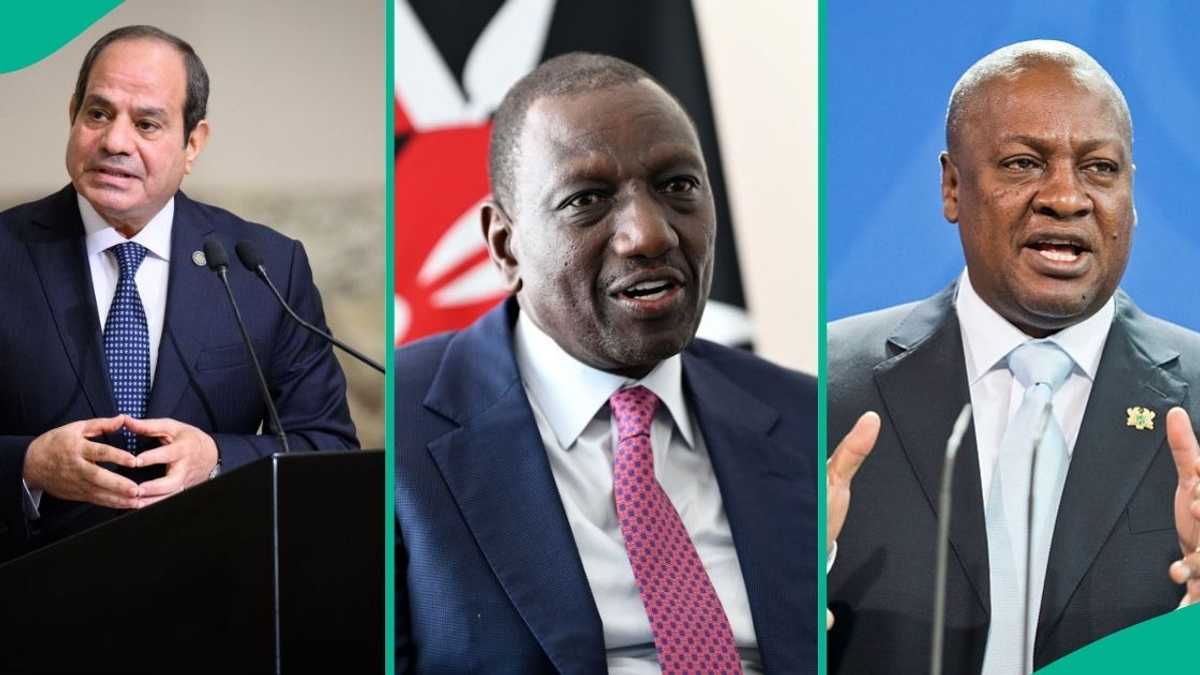Copyright AL.com

Food assistance for more than 40 million people – including 750,000 in Alabama – will stop Nov. 1 as the government shutdown continues. “Bottom line, the well has run dry. At this time, there will be no benefits issued November 01,” a notice on the U.S. Department of Agriculture website said. “We are approaching an inflection point for Senate Democrats.” Unless Congress reaches a funding deal, no money through the Supplemental Nutrition Assistance Program, or SNAP, the official name for food stamps, will be coming in November. Here’s what you need to know about your benefits, alternatives and what it can mean for you: What’s happening Nov. 1? The impasse between Republicans and Democrats has led to the weeks-long shutdown and impacted a range of federal services. This week, the USDA announced it does not have sufficient funds to distribute benefits after Nov. 1. Some states have tapped into emergency funds to keep aid coming though most, including Alabama, have not. The USDA said it will not reimburse states that use their own money to fund SNAP but will help cover some administrative costs. READ MORE: SNAP suspension threatens Alabama grocery stores, $2.5B economic impact What kind of numbers are we talking about? According to the Center on Budget and Policy Priorities, SNAP has 41.7 million participants in the U.S., roughly 12% of the total population. In Alabama, 752,200 people receive SNAP benefits, numbers equal to about 15% of the state’s population, or 1 in every 7 Alabamians. Nationally, 62% of SNAP participants are families with children, 37% are in families with members who are older adults or disabled and 38% are in working families. In Alabama, 67% of SNAP recipients are families with children and 39% are in families with older adults or people with disabilities. More than 35% of Alabama’s SNAP recipients are in working families. How much do SNAP recipients receive? According to the CBPP, SNAP averages about $192 per month per household member. That equals about $6.31 a day per household member. In Alabama, the average SNAP payment is $196 per month per household member. Can you use your SNAP benefits now? Yes, any funds on your Electronic Benefits Transfer, or EBT, card are still there. They can be used in October and into November. No new money will be added. READ MORE: Food assistance program for Alabama women and babies will continue despite SNAP suspension What is Alabama saying about the situation? “SNAP benefits are 100% federally funded; therefore USDA (FNS) controls the issuance of these benefits on EBT cards. I was pleased to learn that FNS plans to reimburse November administrative costs which will help states financially,” said Alabama DHR Commissioner Nancy Buckner. “We know SNAP benefits are vitally important to the more than 750,000 Alabamians who depend on the more than $140 million in support each month. Alabama DHR, along with many others, hopes Congress will come to a quick resolution on the federal government shutdown.” What is Alabama recommending SNAP recipients do? SNAP recipients should look to local resources for help, DHR said. “Clients who need additional food support during this time may reach out to their local Feeding Alabama affiliated food bank, visit feedingalabama.org, or any other food resources available in their local communities,” Alabama DHR said in a statement. Where can I find information about food banks in Alabama? There is a directory of food banks in Alabama here. You can search by ZIP code here. READ MORE: Katie Britt backs GOP plan to provide food stamps, blames shutdown on ‘Democrats’ selfishness’ What about WIC? The Women, Infants and Children program will continue to provide benefits, according to the Alabama Department of Public Health. “Currently, all WIC services, including appointments, benefits issuance, and nutrition education, remain available statewide,” ADPH said in a statement to AL.com. “WIC and SNAP are different programs, and SNAP is not under the direction of ADPH. The only measure that ADPH has taken, at this time, is to move to a one-month benefit issuance frequency in order to continue serving our WIC Program participants.” Any chance the stoppage doesn’t happen? If Congress can reach a funding agreement to end the shutdown, SNAP funding could be restored in November. Also, governors and attorneys general from 25 states have filed suit against the White House to keep it from suspending the program. “SNAP is one of our nation’s most effective tools to fight hunger, and the USDA has the money to keep it running,” New York state Attorney General Letitia James said in a statement. “There is no excuse for this administration to abandon families who rely on SNAP, or food stamps, as a lifeline.”



